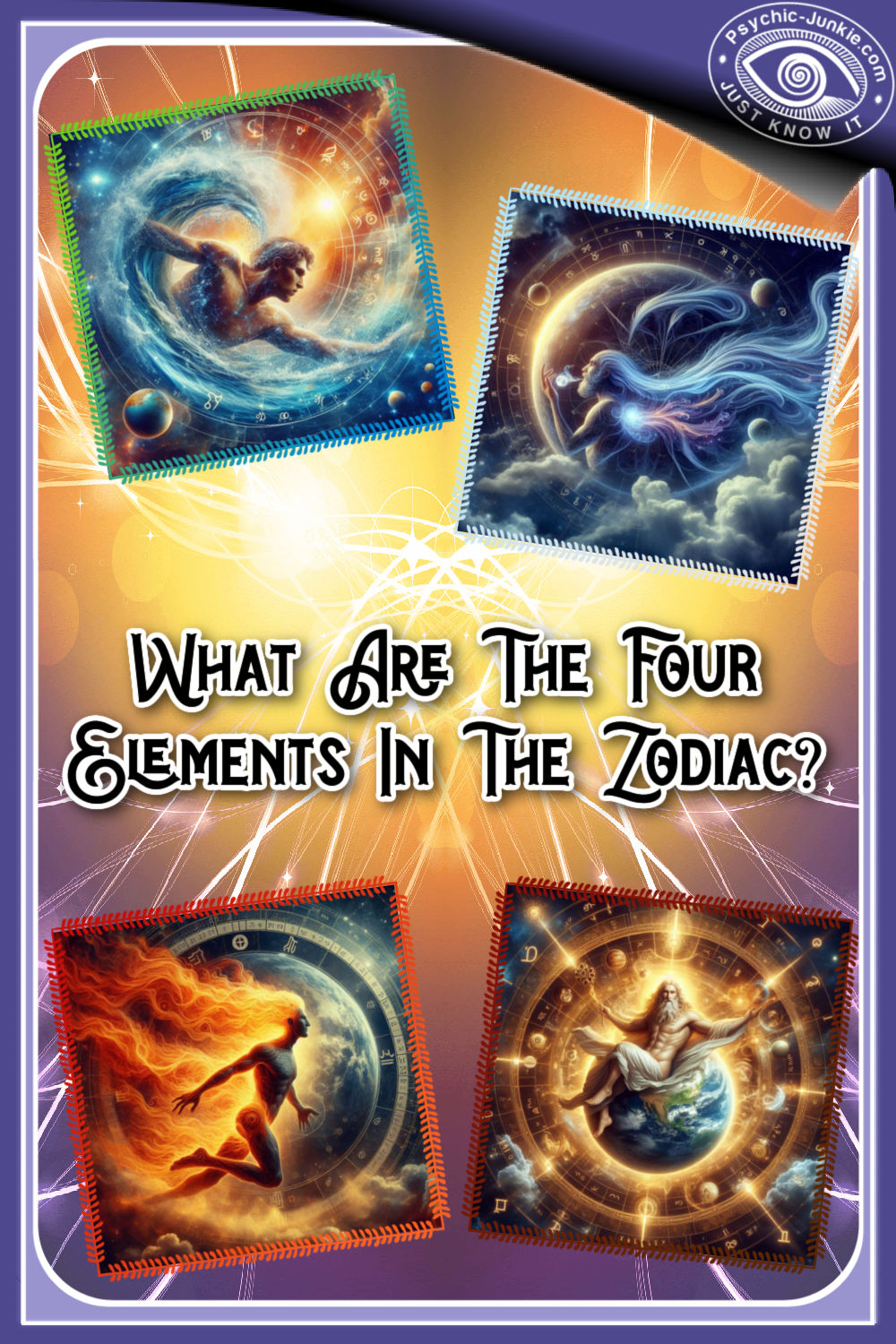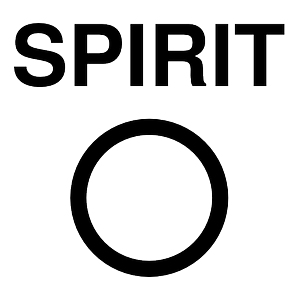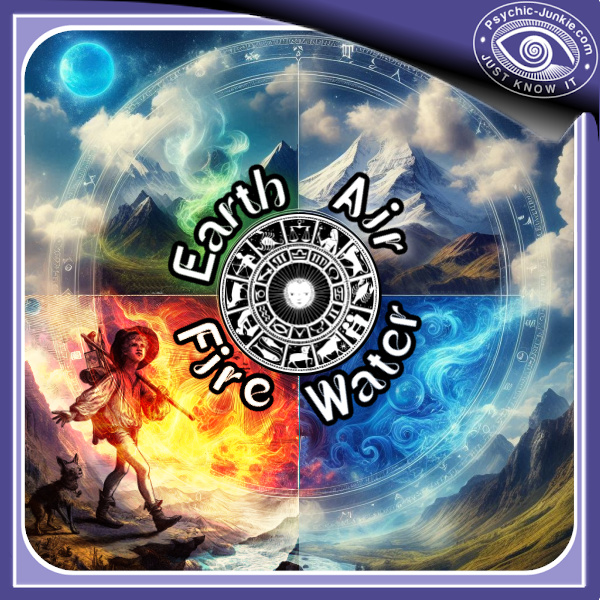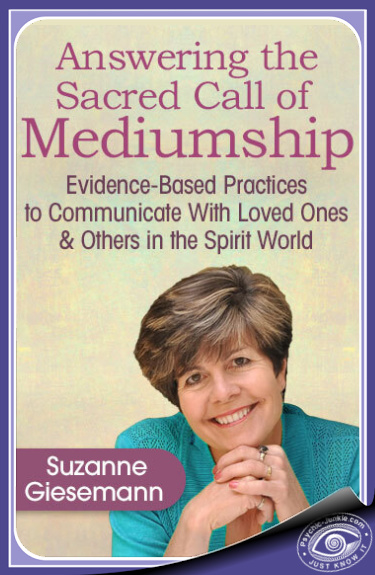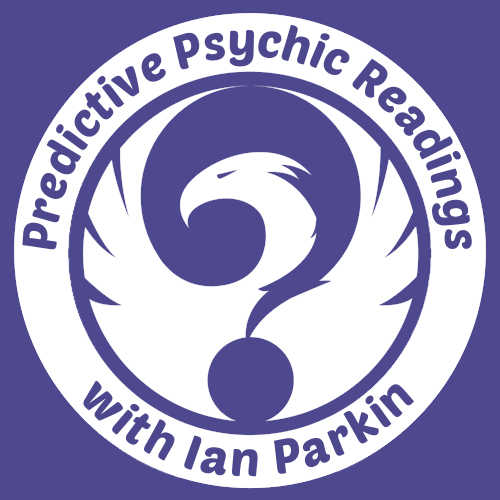- Home
- Horoscope Junkie
- What Are the Four Elements
Ian Parkin is the author of this post.
What Are The Four Elements Esoterically Speaking?
What are the four elements and what do they mean as seen in Astrology, Tarot, Alchemy, and Philosophy?
Esoterically speaking, the four classical elements are Earth, Water, Air, and Fire. These elements are foundational in many mystical, alchemical, and spiritual traditions, including Hermeticism, Western occultism, and various mystical branches of Eastern philosophy. Each element represents different aspects of existence, energy, and consciousness:
The Element Of Earth Means: Stability, foundation, structure, physicality, and material existence. It is associated with the physical body, discipline, grounding, and endurance.
The Element Of Water Means: Emotion, intuition, the subconscious, adaptability, and purification. It represents feelings, dreams, and the fluid nature of reality.
The Element Of Air Means: Thought, intellect, communication, movement, and perception. It governs the mind, ideas, inspiration, and wisdom.
The Element Of Fire Means: Passion, transformation, willpower, energy, and creation. It is linked to action, courage, personal power, and spiritual illumination.
What Are The Four Elements As Seen In Astrology?
Each of the 12 zodiac signs is ruled by one of the four elements. Essentially, the elements in astrology shape your temperament and how you interact with the world.
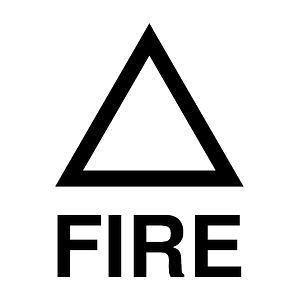
Fire represents strong will, passion, energy, enthusiasm, action, and energy, and a more masculine disposition.
The astrological signs under its rule - Aries, Leo and Sagittarius - all tend to possess a choleric temperament, being decisive and vigorous, uncommonly brave and assertive but also excessively passionate and quarrelsome. It is an element at once creative and destructive, igniting the spark of life but well capable of turning everything before it into ashes. On the astral plane, the elementals representative of fire are salamanders.
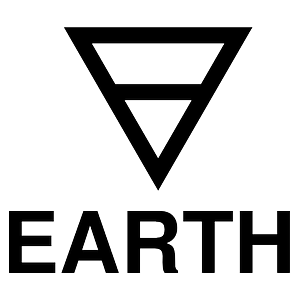
Earth as an element represents stability, practicality, material focus, and grounding.
Thoroughly stable, it enables fertility and its solid form gives it immense endurance. The earth element's prevalent melancholic nature can give people under its influence an overly cautious and somewhat conservative outlook but overall it is a positive, grounding force. In the astral realm, it is represented by gnomes. The element rules over the astrological signs of Taurus, Virgo and Capricorn.
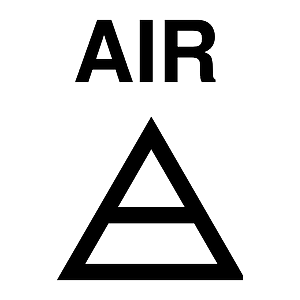
Air presides over the intellect, communication, social connections, and ideas.
Communication and clarity of mind are its main characteristics and, while they may occasionally tend to overthink, those born under the signs of Gemini, Libra and Aquarius will always be more inclined to assess a situation from an objective point of view instead of allowing to be guided (or misguided) by emotions. Air is the playground of new ideas, hopes and dreams and its creatures are sylphs.

Water symbolizes deep emotions, whether those of love or anger, pure bliss or grief.
Its thoroughly feminine and somewhat phlegmatic character make it receptive and easily impressed by external influences. The water's realm is that of the subconscious, the soul, and is populated by elementals called undines. People who naturally possess psychic powers are often believed to have a personality infused with its meditative and placid qualities, making them excellent healers too. In astrology Cancer, Scorpio and Pisces are water signs.
Many esoteric systems also recognize a fifth element: Aether (or Spirit) - which represents the divine, the unseen force that binds the other elements together, or the quintessence beyond physical existence.
Using The Four Elements To Create A Fifth
Ideally, our personalities should possess a balance of all four classical elements, thus creating the fifth element - Aether. Achieving the equilibrium can be a life-long journey but one that brings us closer to perfection and to being one with the universe. Learn more > >
What Are The Four Elements As Seen In The Tarot?
In Tarot, the four suits of the Minor Arcana correspond to the elements:
- The Element Of Fire corresponds with Wands and signifies passion, creativity, ambition, action, and personal drive.
- The Element Of Earth corresponds with Pentacles (Coins/Disks) and signifies material wealth, career, stability, and practical matters.
- The Element Of Air corresponds with Swords and signifies intellect, thoughts, communication, challenges, and mental clarity.
- The Element Of Water corresponds with Cups and signifies emotions, relationships, intuition, dreams, and the subconscious.
Each suit reflects how its element manifests in our life experiences. The Major Arcana also aligns with elemental energies:
- The Fool's element is Air
- The Magician's element is Air
- The High Priestess's element is Water
- The Empress's element is Earth
- The Emperor's element is Fire
- The Hierophant's element is Earth
- The Lovers' element is Air
- The Chariot's element is Water
- Strength's element is Fire
- The Hermit's element is Earth
- Wheel of Fortune's element is Fire & Spirit
- Justice's element is Air
- The Hanged Man's element is Water & Spirit
- Death's element is Water
- Temperance's element is Fire
- The Devil's element is Earth
- The Tower's element is Fire
- The Star's element is Air
- The Moon's element is Water
- The Sun's element is Fire
- Judgment's element is Fire & Spirit
- The World's element is Earth & Spirit
What Are The Four Elements In Alchemy?
Alchemy is not just the pursuit of turning base metals into gold; it is a sacred journey of spiritual and material evolution. The seven stages of alchemical transmutation, guided by the elements, lead both matter and the soul toward perfection. It is a path of dissolution and recomposition, destruction and rebirth - an eternal quest for the purest form of existence.
Earth: The Foundation of Stability
Representing the solid state of matter, Earth embodies stability, endurance, and physical manifestation. In alchemical terms, it is associated with salt, a fundamental component of transformation. Earth symbolizes discipline and the physical body, grounding the alchemist in the material world.
Water: The Flow of Emotion and Purification
Water signifies fluidity, adaptability, and the dissolving nature of change. It is linked to mercury, the liquid metal, which plays a crucial role in alchemical processes. Water is essential in dissolution, a step in the phrase "solve et coagula" (dissolve and coagulate), allowing old forms to break apart so new ones may emerge.
Air: The Breath of Intellect and Transformation
Symbolizing the gaseous state of matter, Air is the realm of thought, communication, and ascension. It carries the wisdom of knowledge and represents the power of the mind to rise above limitations. In alchemy, Air is often linked to sublimation, the process of refining and elevating a substance to its purest form.
Fire: The Flame of Energy and Rebirth
Fire is the element of destruction, purification, and enlightenment. It fuels transformation through combustion and represents the power of change. In alchemical traditions, Fire is tied to sulfur and plays a key role in calcination, the burning away of impurities to reveal the true essence of a substance—or the soul.
Aether: The Quintessence of the Divine
Beyond the four classical elements lies Aether, the elusive fifth essence. It is the unseen force, the divine spark that brings balance to all things. Representing transcendence, enlightenment, and the Philosopher’s Stone, Aether is the ultimate goal of alchemy - unifying spirit and matter in perfect harmony.
What Are The Four Elements In Philosophy & Psychology?
The concept of the four elements originates from Ancient Greek philosophy, particularly from Empedocles (c. 495–435 BCE), who proposed that all matter consists of four root substances: Earth, representing solidity, stability, and the material world; Water, symbolizing change, fluidity, and emotions; Air, associated with breath, intellect, and movement; and Fire, embodying energy, transformation, and the divine spark. Later, Plato linked these elements to the Platonic solids in Timaeus, while Aristotle expanded on the idea by introducing the fifth element - Aether (Quintessence) - as the divine or celestial substance.
In Hermeticism, Kabbalah, and other esoteric traditions, the four elements represent different aspects of human nature and the universe. Earth corresponds to the body, emphasizing physical reality, survival, and materialism. Water aligns with the soul, governing emotion, intuition, and the subconscious. Air represents the mind, associated with thought, intellect, and perception, while Fire embodies the spirit, symbolizing willpower, transformation, and the divine spark. These elements also correspond with the Four Worlds of Kabbalah and the alchemical process of spiritual evolution, including dissolution, purification, transformation, and enlightenment.
In modern philosophy and psychology, particularly in Jungian theory, the four elements correspond to four fundamental personality functions. Earth aligns with sensation, reflecting practicality, groundedness, and a focus on reality. Water represents feeling, characterized by emotional depth, intuition, and relational awareness. Air corresponds to thinking, emphasizing rationality, intellect, and logic. Fire is associated with intuition, highlighting vision, spontaneity, and inspiration. These functions form the foundation of Carl Jung's personality type theories and are widely used in personality assessment systems such as the Myers-Briggs Type Indicator (MBTI).
Test Your Psychic Ability
The Lifeleap Institute’s Psychic Project is a unique online psychic development tool using real people and events as "psychic targets."
They start by asking you to focus on the "psychic targets" and answer a series of special questions about these targets.
They then reveal to you the actual psychic targets. You get to compare your results with the actual psychic targets. You also get to see the results of other participants.
Even if you think you have no psychic ability, this tool will offer proof that you do.
It's easy to participate and the Psychic Project is free!
Click Here To Test Your Psychic Ability
Develop Your Intuition And Become An Online Tarot Card Reader
You can learn how to become a professional online tarot card reader in 90 days or less with Tatiana Jones' bestselling course.
In this short course, Titania teaches everything you need to know to start an online tarot reading business - with zero experience required!
You do not need to be psychic to read tarot cards online! It is all about being intuitive and “connecting the dots”.
Tarot Reading Entrepreneurship
- Help People Find Meaning
- Work Remotely
- Set Your Own Hours
- Replace Your Full Time Income
- Work Just A Few Hours Per Day
Learn To Be A Psychic Medium
An Evidence-Based Path to Communicate With Loved Ones & Others in the Spirit World.
In this FREE hour with Suzanne Giesemann, you will: Gain an understanding of “evidential” mediumship and why it’s so sacred. Discover the 3 keys to mediumship: Belief in the Spirit World, alignment, and a shift in focus from the physical to the Spirit World. Learn how you can begin communicating with your loved ones who have passed. Find mediumship can be a path for your soul’s evolution. Hear about what makes a reading “evidence-based” - and how this form of mediumship raises the bar and meets the true goal of being an authentic and indisputable voice for Spirit. Experience a practice to connect with your guides and ask them for signs. Click here to learn more about this free event > >
- Home
- Horoscope Junkie
- What Are the Four Elements
